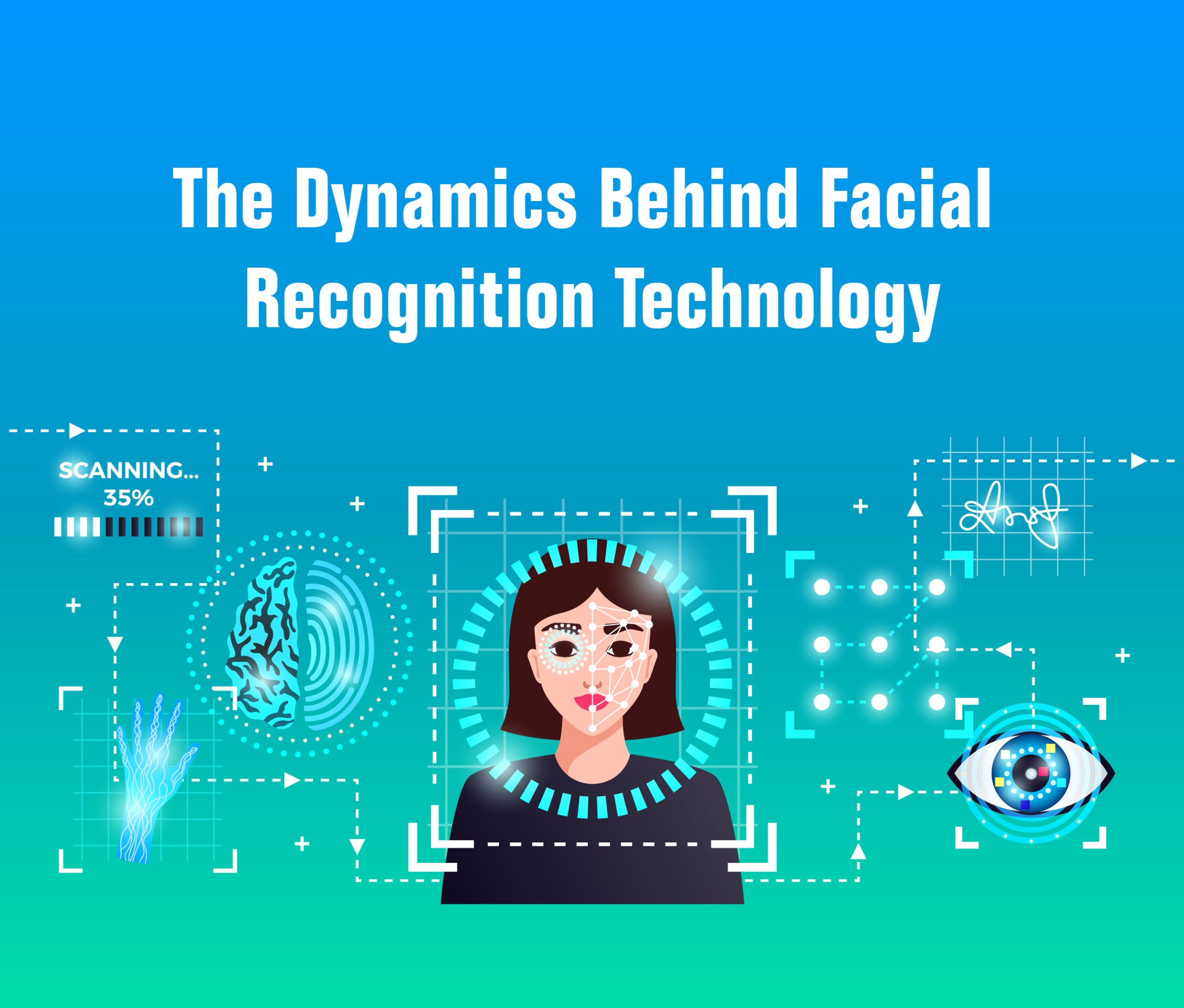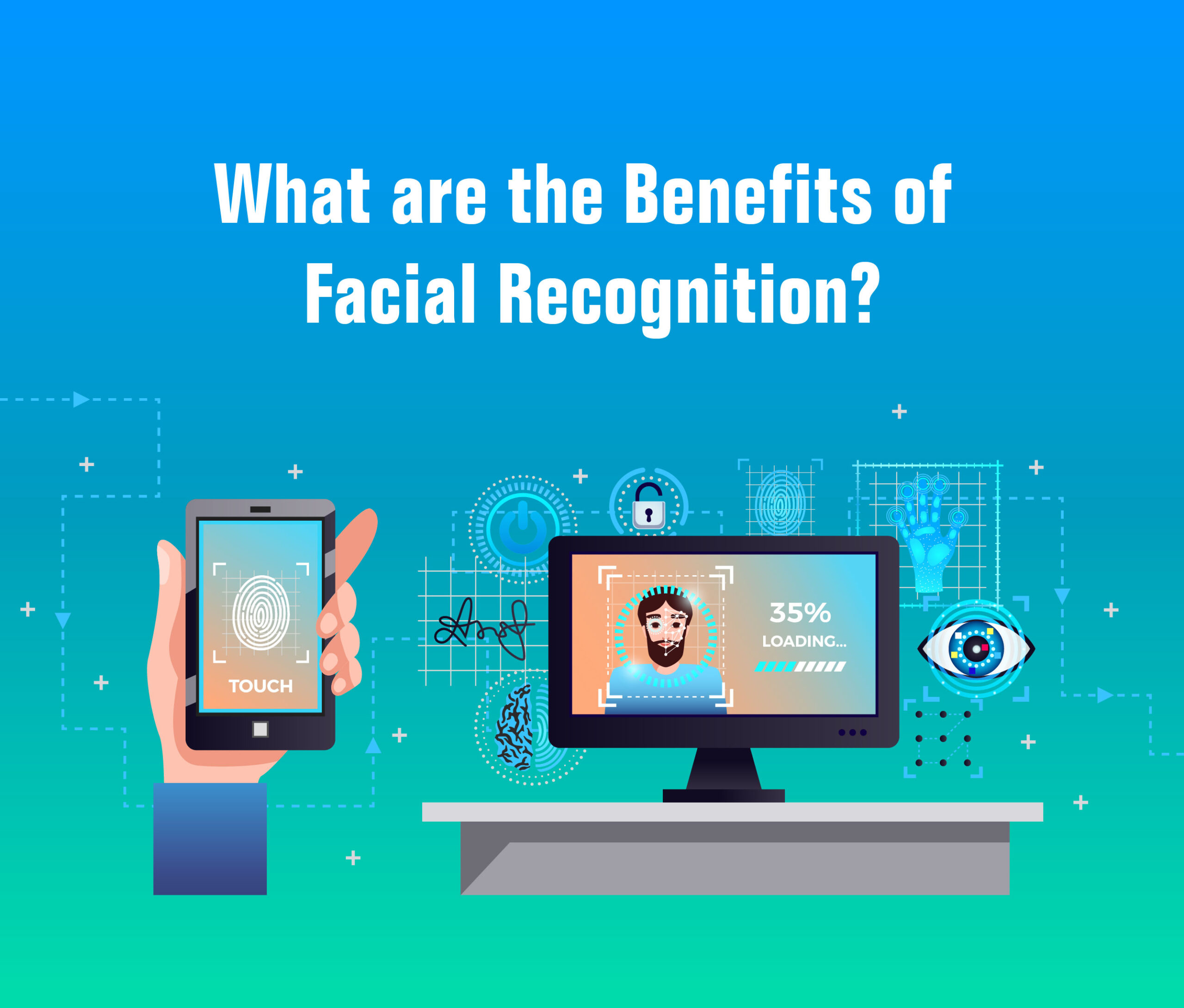Facial recognition technology has emerged as a powerful tool with the ability to transform various aspects of our lives. From unlocking smartphones to enhancing security measures, its applications are widespread.
This blog delves into the intricacies of this technology, exploring its underlying technology, potential benefits, and ethical considerations.
Let’s get started!
What is Facial Recognition?
Facial recognition refers to the process of verifying or determining a person’s identity by analyzing their facial features. It is a technology that can be employed to recognize individuals in photographs, videos, or even in real-time scenarios.
It falls under the umbrella of biometric security, which includes other types of software such as voice recognition, fingerprint recognition, and eye retina or iris recognition. Primarily utilized in security and law enforcement, the technology is gaining traction in various other domains as well.
The Dynamics Behind Facial Recognition Technology

The technology, like FaceID on iPhones, recognizes individuals for device access. Beyond this, it matches faces with watch lists, including those from social media. Systems can vary but typically identify individuals through special cameras.
Here are several steps to understand its functioning.
Step 1: Face detection
The camera identifies and pinpoints a face, whether in isolation or within a crowd, regardless of the person’s orientation.
Step 2: Face analysis
Next, an image of the face is captured and analyzed for its key features, like eye distance, depth of eye sockets, forehead to chin length, cheekbone shape, and lip, ear, and chin contours, to distinguish your face.
Step 3: Converting images to data
The process of face capture converts the physical characteristics of a face into digital data by analyzing its facial features. This analysis results in a unique mathematical representation called a faceprint, similar to how fingerprints are distinct for each individual.
Step 4: Finding a match
Your faceprint is compared to a vast database, like the FBI’s 650 million photos. Even on Facebook, tagged photos are used for this purpose. If a match occurs, an identification is made. This is the most intuitive biometric measure, with over half the world’s population encountering it regularly.
What are the Benefits of Facial Recognition?

Having utilized facial recognition apps, businesses and individuals can reap significant advantages from the technology. Among its key benefits are:
- Increased Security: It provides personal device lock and surveillance camera security, aiding in national security efforts.
- Reduced Crime: It helps track and deter burglars, thieves, and trespassers, contributing to physical and cybersecurity.
- Bias Mitigation: It automates suspect identification, potentially reducing unjustified stops and searches, and promoting fairness in law enforcement.
- Enhanced Convenience: It enables contactless payments and seamless verification, saving time and ensuring a hygienic transaction process.
- Swift Processing: Rapid face recognition takes just a second, offering both speed and security for identity verification.
- Seamless Integration: Easily combines with existing security software, minimizing additional implementation costs.
Facial Recognition in Action
The technology finds applications across a diverse range of purposes, showcasing its versatility and effectiveness in various fields. Some of the key areas where this technology is actively employed include:
● Unlocking phones
Face recognition is utilized in several smartphones, including the latest models of iPhones, as a security feature to unlock the device. This advanced technology serves as a robust safeguard for personal information, effectively preventing unauthorized access in case of theft. Apple asserts that the probability of an unknown face successfully unlocking the phone is approximately one in a million.
● Law enforcement
Facial recognition is increasingly being adopted by law enforcement worldwide, including in the US, as per an NBC report. Police capture arrestee mugshots and compare them with local, state, and federal databases, facilitating future criminal searches.
● Airports and border control
The technology is now common at airports, where biometric passports help travelers skip lines and reach their gates quickly, enhancing both efficiency and security.
By 2023, 97% of tourists will be subject to face recognition, according to the US Department of Homeland Security. The technology is used to improve security at major events like the Olympics as well as at airports and border crossings.
● Banking
Online banking facial recognition reduces hacker threats by providing secure transaction authorization without passwords. A second line of defense against impersonation is provided by “Liveness” detection. This technology may render debit cards and signatures obsolete.
● Healthcare
The technology aids patient care in hospitals. It’s used for record access, registration, emotion detection, and genetic disease identification. AiCure’s app ensures medication adherence. As costs decrease, healthcare adoption is set to rise.
Hands-On Applications of Facial Recognition Technology
Face recognition technology has diverse use cases, from enhancing security and streamlining healthcare to improving user experience in smartphones and e-commerce.
- Amazon once marketed its cloud-based facial recognition service, Rekognition, to law enforcement. In a June 2020 blog post, it announced a one-year halt to police use, aiming to await potential federal laws safeguarding human rights and civil liberties.
- Apple uses the technology to enable users to swiftly unlock their phones, sign into apps, and make purchases.
- British Airways now offers the technology for US flights. Passengers can board by having their faces scanned, eliminating the need for a passport or boarding pass. The airline also plans to extend this technology’s applications to international flights from Heathrow.
- Cigna, a US healthcare insurer, enables Chinese customers to submit health insurance claims with a photo signature, reducing fraud.
- Google has integrated facial recognition into Google Photos to categorize and classify images based on people it recognizes.
Some other companies offering the technology are:
- Kairos
- Noldus
- Affectiva
- Sightcorp
- Nviso
Final Thoughts
As the technology continues to evolve, it presents a promising avenue for efficiency and security across industries. However, it’s crucial to strike a balance between innovation and privacy concerns. With proper regulation and ethical deployment, technology has the potential to revolutionize various sectors, from law enforcement to customer experience.
The technology, powered by sophisticated algorithms, identifies and verifies individuals through unique facial features. The benefits of facial recognition, particularly when integrated into face recognition apps, are extensive. These include enhanced security measures and streamlined authentication processes, revolutionizing access control and authentication in various industries. Staying informed and engaging in responsible practices will be paramount in shaping the future of this rapidly advancing technology.


